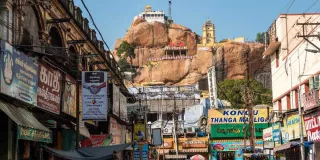
The city will be able to treat around 95% of its wastewater, which will help reduce pollution in the Yamuna River, according to the Delhi Jal Board, by the end of the year. Delhi produces 744 million gallons of sewage per day, accounting for 80% of the city's 930 MGD water supply.
The 34 sewage treatment plants in 20 locations across Delhi can treat up to 597 million gallons per day (MGD) of sewage and are currently operating at around 90% of their capacity (514 MGD).
The main cause of high levels of pollution in the river is untapped wastewater from unauthorized colonies and jhuggi-jhopri clusters, as well as poor quality, treated wastewater discharged from wastewater treatment plants (WWTPs).
The Delhi Jal Board wants to increase its sewage treatment capacity by 130 MGD by December 2022, according to a report submitted to the Union Jal Shakti Ministry.
The treatment capacity at the Kondli sewage treatment plant (STP) will be increased by 20 MGD, the Rithala STP by 40 MGD, the Okhla STP by 30 MGD, and the Coronation Pillar STP by 40 MGD.
As a result, by the end of this year, Delhi will be able to effectively treat 95% of its 707 MGD wastewater, according to the report.
With the construction of 48 new STPs and decentralised STPs in outer Delhi, new STPs at Delhi Gate (10 MGD) and Sonia Vihar (7 MGD), and capacity augmentation of existing STPs using cutting-edge technology, the treatment capacity will be increased to 903 MGD by June 2023 to accommodate future increases in sewage generation.
The DJB is also upgrading its existing STPs to comply with the Delhi Pollution Control Committee's new wastewater standards.
According to government data, 24 of the 34 STPs in the national capital did not meet the prescribed wastewater standards in the previous year.
Only six of the 13 common effluent treatment plants in Delhi's industrial areas meet the DPCC wastewater standards on average.



